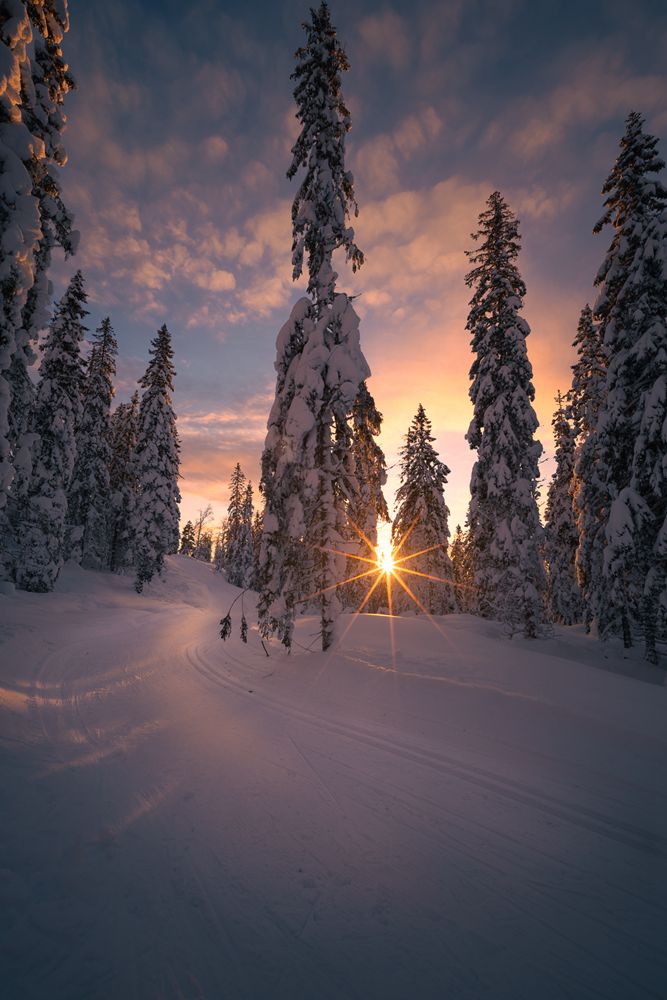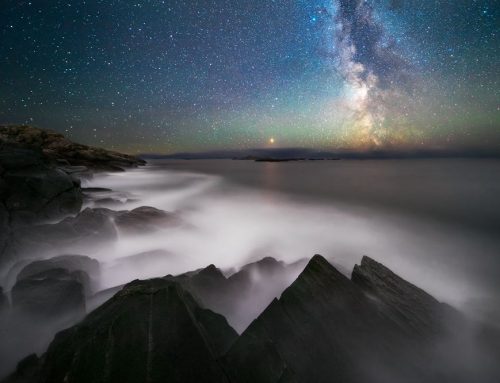
@ REX Photographer Shot with NiSi 15mm F4
Sunstars can enhance your image when used in a manner to compliment other aspects of your composition. It is tempting to keep shooting sunstars but recognise that there are scenes that are better off without a sunstar. Here are some practical tips for creating the best sunstars:
Choose the most appropriate lens for a sunstar. Generally speaking, ultra-wide-angle lenses work best for shooting stars. The nature of the sunstar depends on the individual lens and the number of aperture blades. Currently, the ‘gold standard’ aesthetic for a sunstar is arguably the Canon 16-35mm series.

@ Magnus Winbjork Shot with NiSi 15mm F4
Shoot with a small aperture. Most lenses will only provide a sunstar if the aperture is F16 or smaller. The exception to this rule is the NiSi 15mm lens which allows the appearance of a sunstar even wide open at F4. With other lenses, a wide open aperture will result in the sun appearing more diffuse rather than a star. (In ‘how to avoid lens flare’,shoot multiple frames to have segments of the image which are flare free which you can blend together in post processing.)

@ Dylan toh Shot with NiSi 15mm F4
For a sharp and clean sun star, try to shoot the sun in the frame as a pinpoint source of light. The best way to achieve this is to obscure the sun slightly in the frame. I tend to shoot sunstars just as the sun is rising above the horizon at dawn or just as the sun is sinking into the horizon at sunset. Another example is shooting into the sun while in a forest scene. Position the sun in your frame so that it is partially obscured by a branch or trunk.

@ Ole Henrik Skjelstad Shot with NiSi 15mm F4
NiSi 15mm F4 Wide Angle Lens (FF) – A Good Choice for Shooting Sunstars
by Dylan Toh





